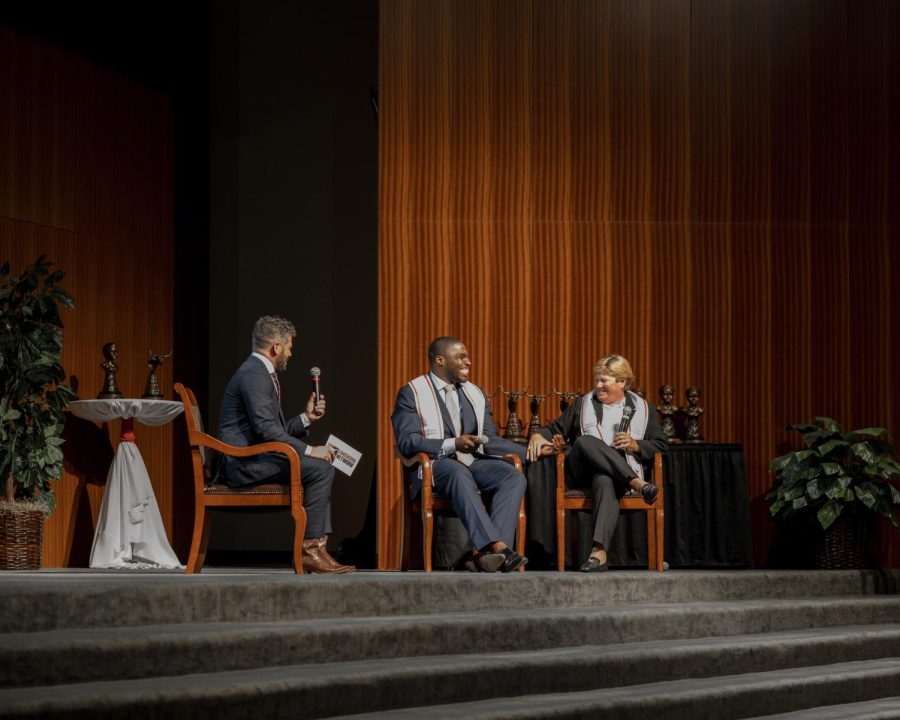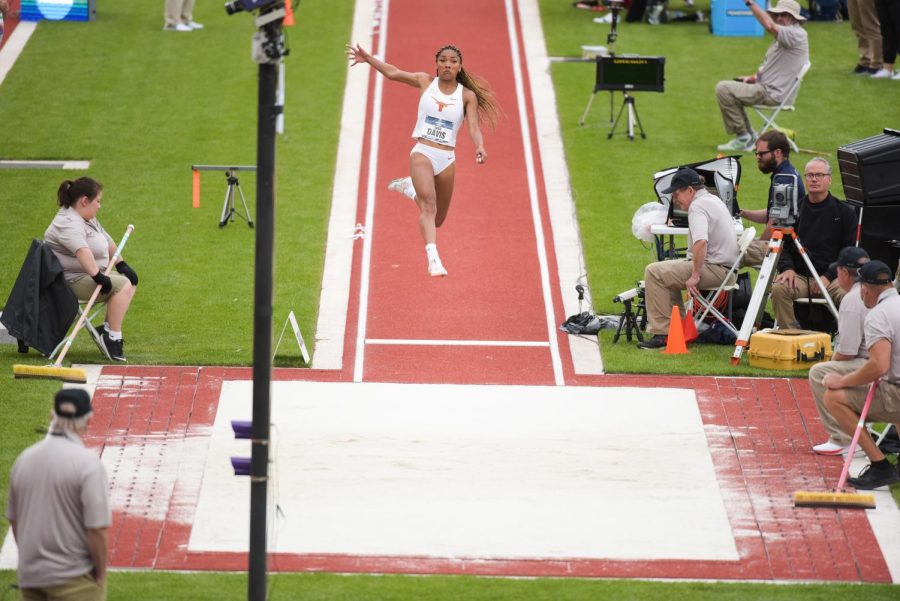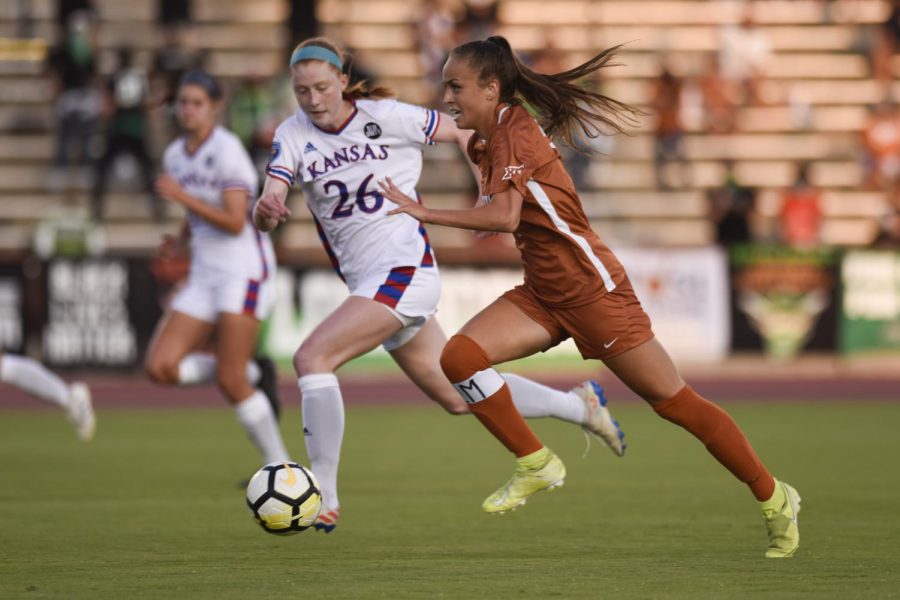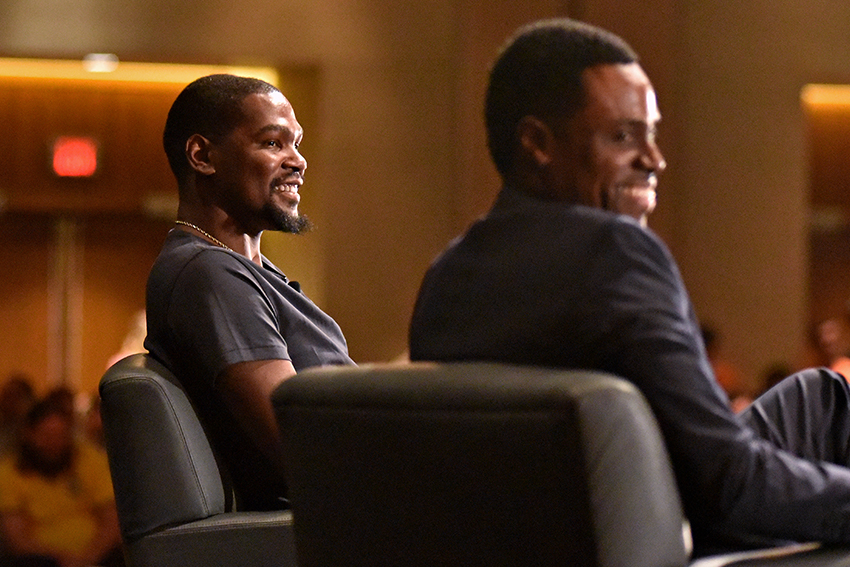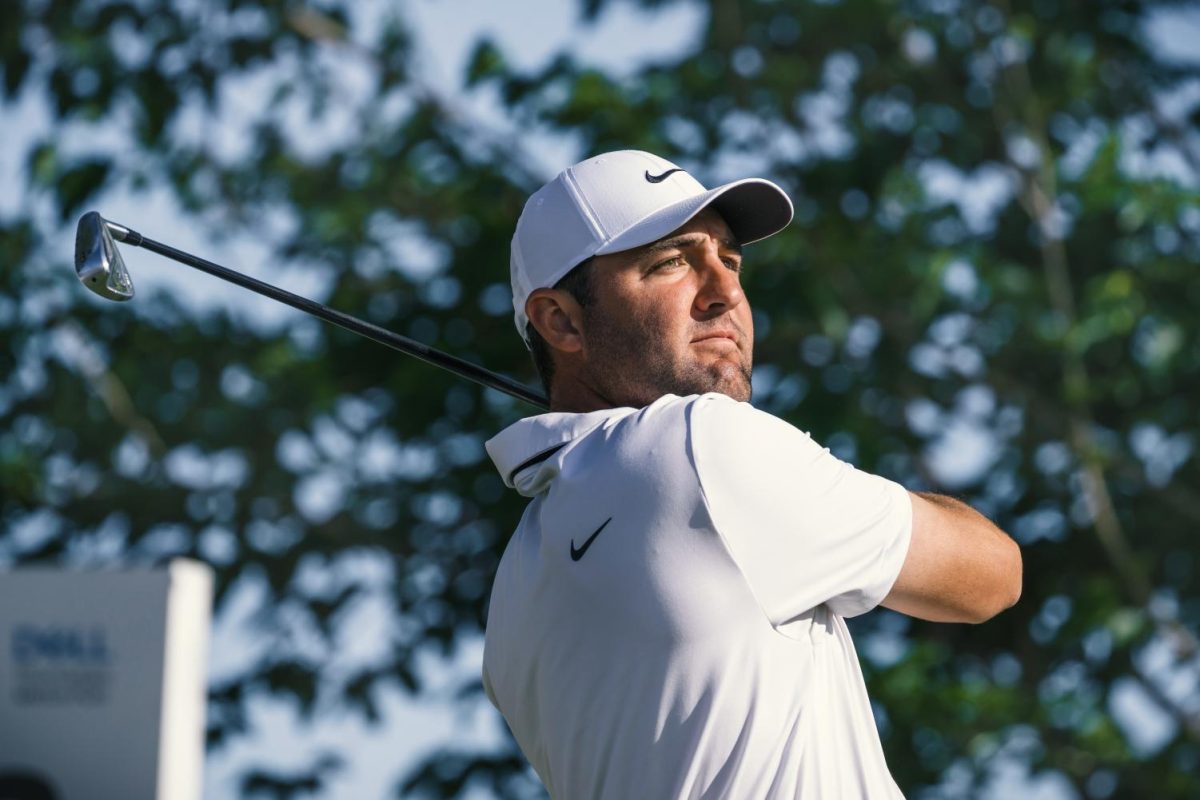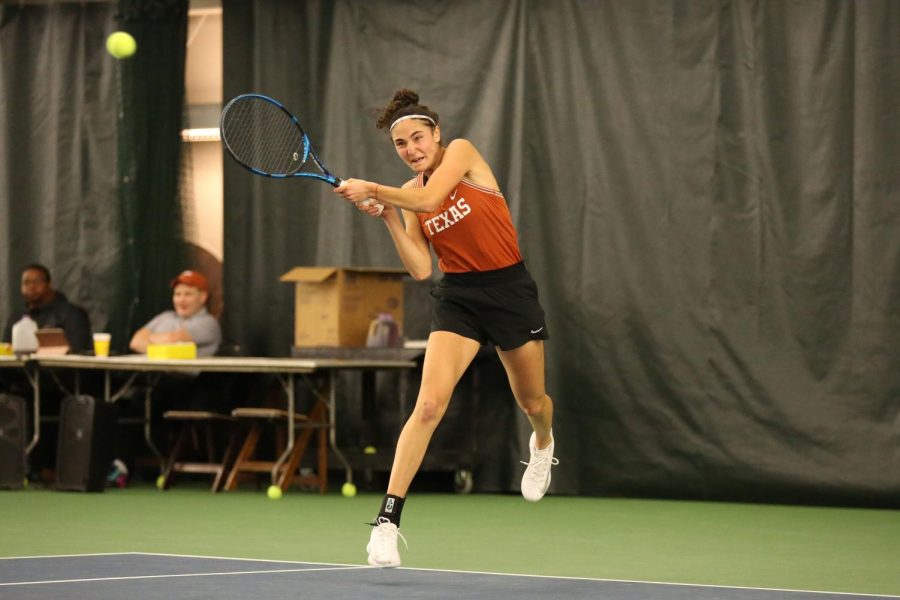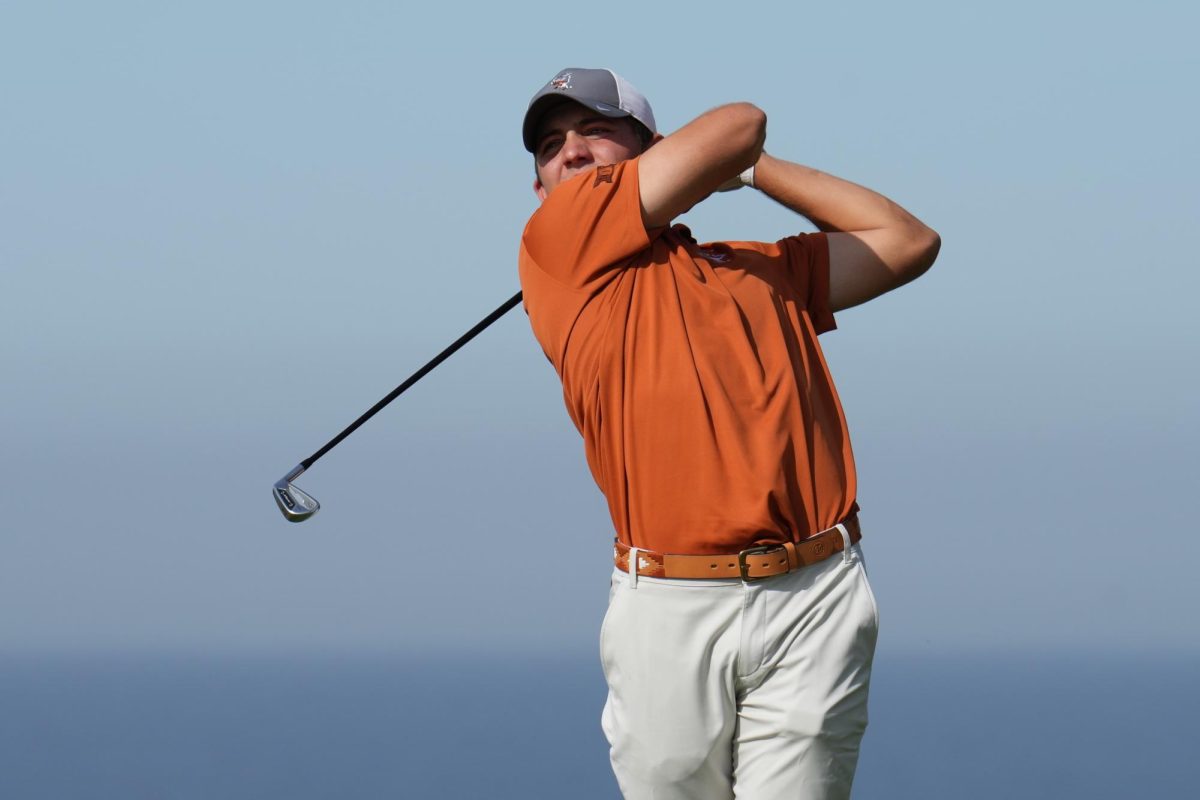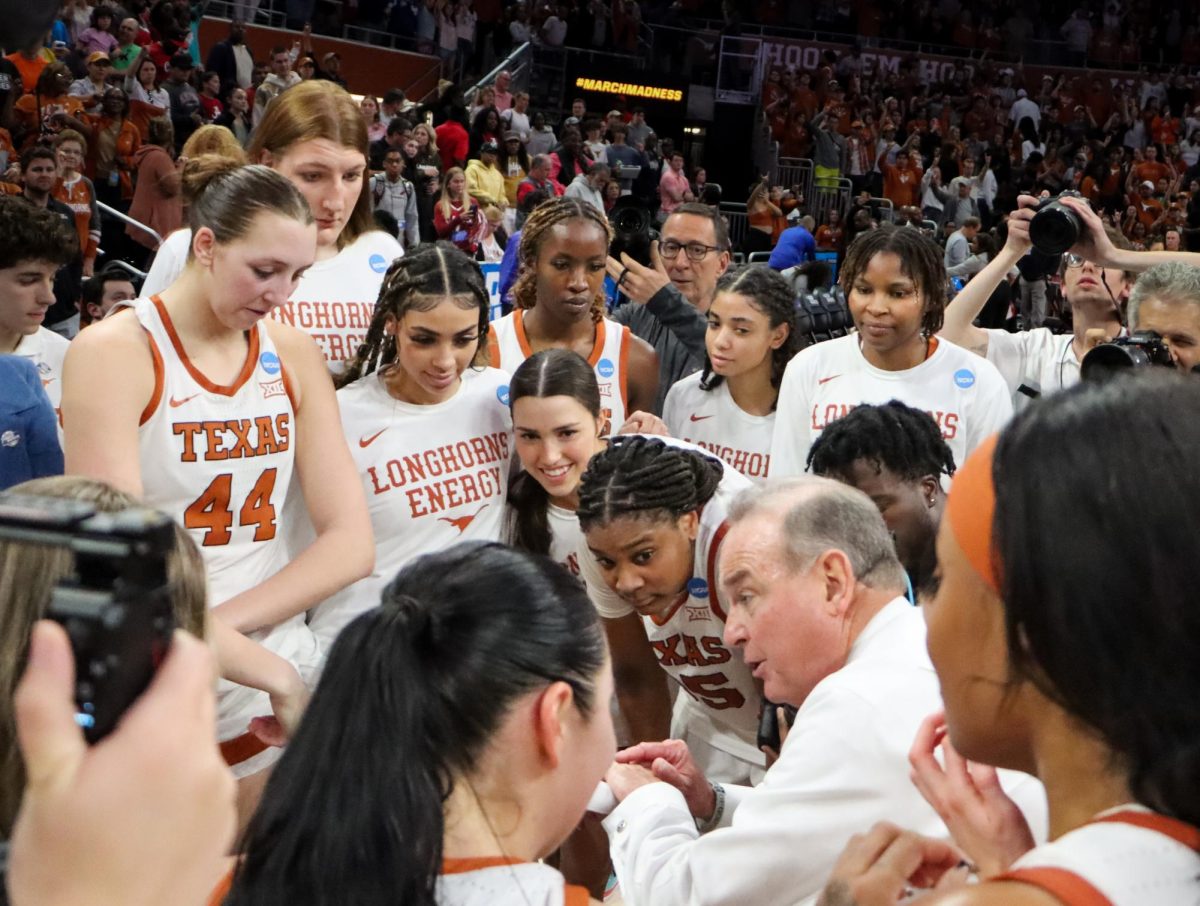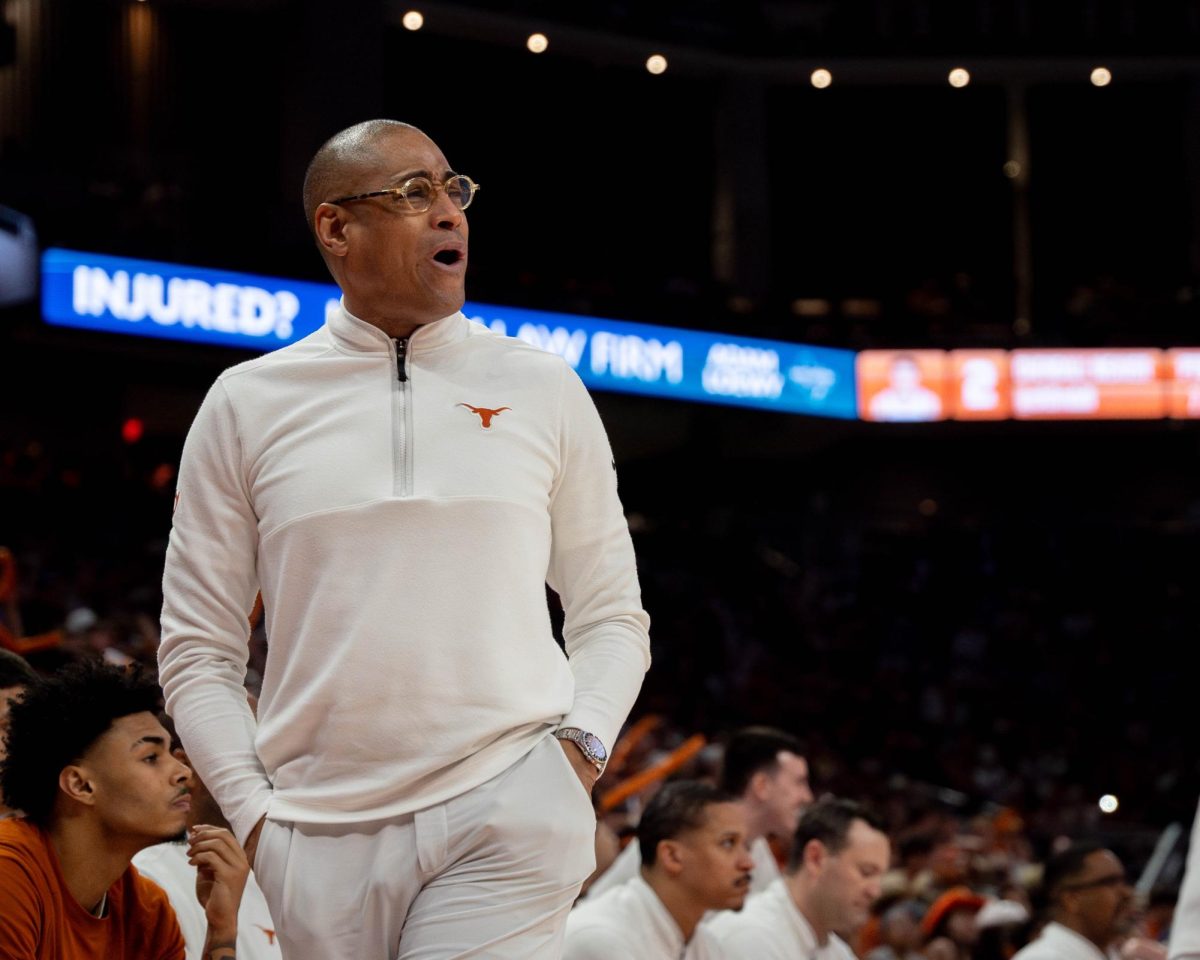The NFL isn’t the only one going through a lockout.
The NBA lockout is now a week old, making it much younger than its NFL cousin. It’s also much different than the NFL lockout. The NBA’s owners and player association are much farther apart than in the NFL and have less than half of the revenue to fight over than their pigskin-playing counterparts. Most fans are taking the owners’ side in the NFL, but they shouldn’t do that with the NBA.
The owners are not the fat cats people make them out to be. In fact, most teams actually lost money. The National Basketball Players Association disputes the NBA’s assertion that 22 of 30 teams operated in the red last season and that the league lost more than $300 million during the 2010-11 campaign. Either way, the owners need more of the basketball-related income. As it stands now, 57 percent of the income goes to the players, who don’t have to spend money to make money like the owners do.
There also needs to be a way to prevent the NBA’s superstars from gravitating toward each other. This is not good for the game, contrary to what people reminiscing about the Magic Johnson-Larry Bird days of the 1980s may think. Parity equals popularity (see March Madness, where teams such as 8th-seeded Butler can reach the national title game and almost nothing is certain). And, popularity equals money (see the NFL, whose owners and players are currently squabbling over $9 billion of annual revenue). A franchise tag would help fix this problem.
The NBA’s recently expired collective bargaining agreement includes a soft salary cap, which is soft because of its many loopholes, including one referred to as the “Larry Bird” rule. Named after one of its early beneficiaries, it allows teams to surpass the salary cap to re-sign their own players.
Bird was worth every penny the Boston Celtics spent on him, but many contracts have become a joke. They’re used as bargaining chips in trades that usually have to be accompanied with an above-average player or two. It doesn’t matter if you’re a fan, player, owner, or commissioner — we can all agree that Eddy Curry, who has averaged 1.7 and 3.7 points per game the last two seasons, (not so) respectively, deserves closer to $11/year rather than the $11 million that he actually gets paid.
A hard salary cap would go a long way toward preventing situations such as that. It would also lead to a more competitive league. Baseball has yet to implement a salary cap and, inevitably, teams such as the New York Yankees, Philadelphia Phillies, and Boston Red Sox — the teams with the three highest payrolls this season, in order — are in contention year after year. Then again, well-run NBA organizations in smaller markets such as the Oklahoma City Thunder and San Antonio Spurs seem to be doing just fine.
Let’s hope the players and owners can settle their differences and come to an agreement in less than 204 days this time around. Until then, enjoy baseball.



